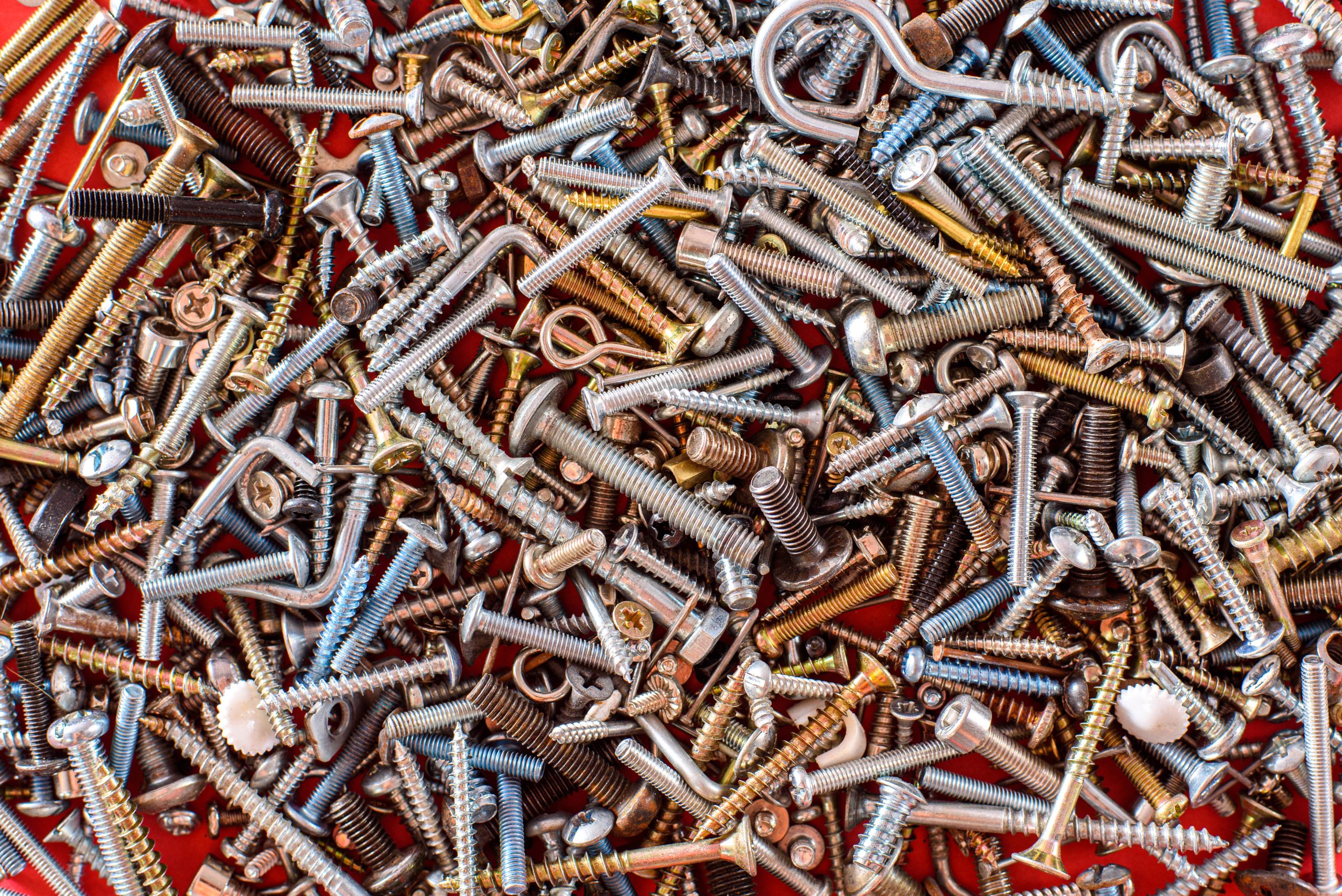
Let’s first look at the six basic fastener drive styles:
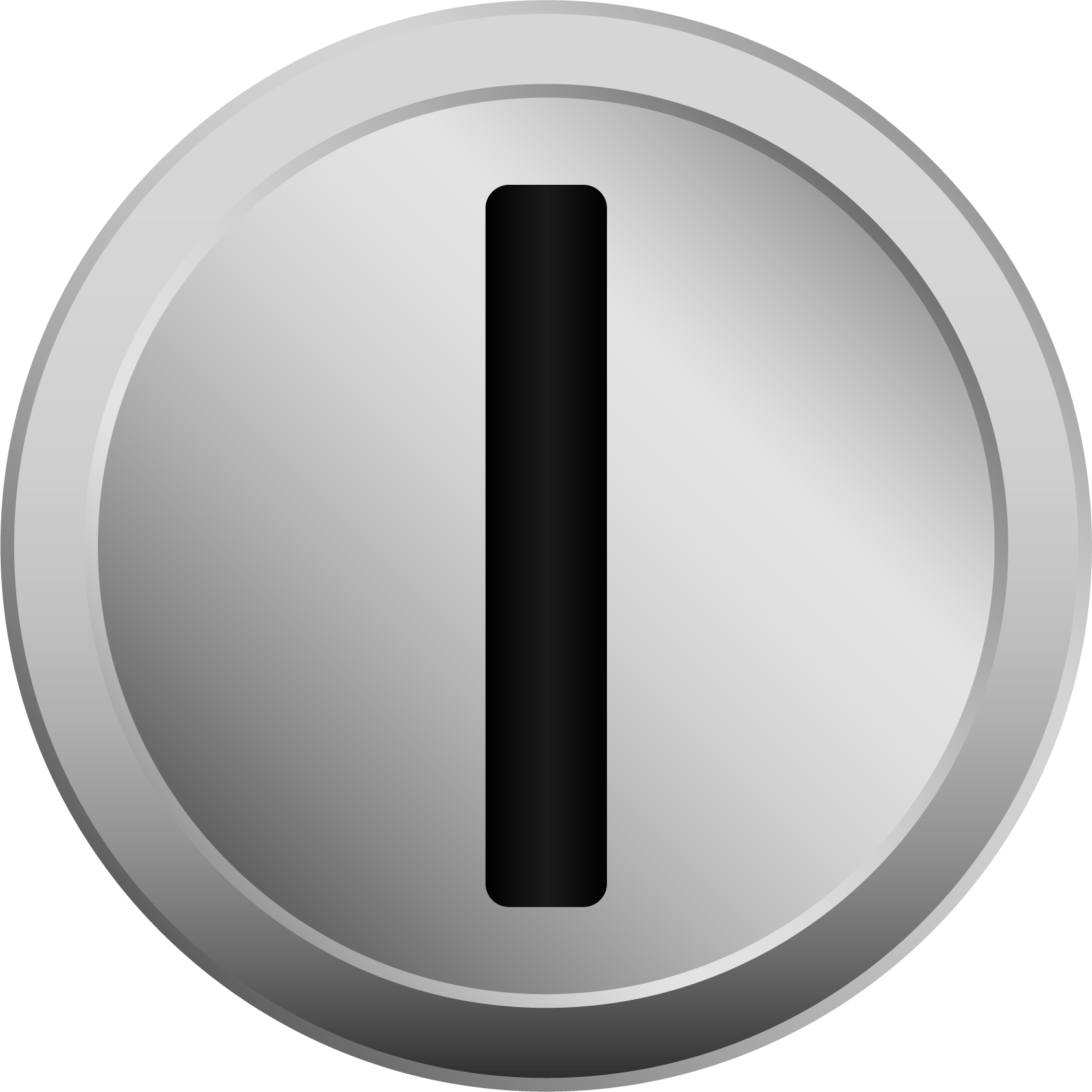
Slotted Head Drive – The slotted type is still the most widely available screw drive because it is simple, inexpensive, and effective.
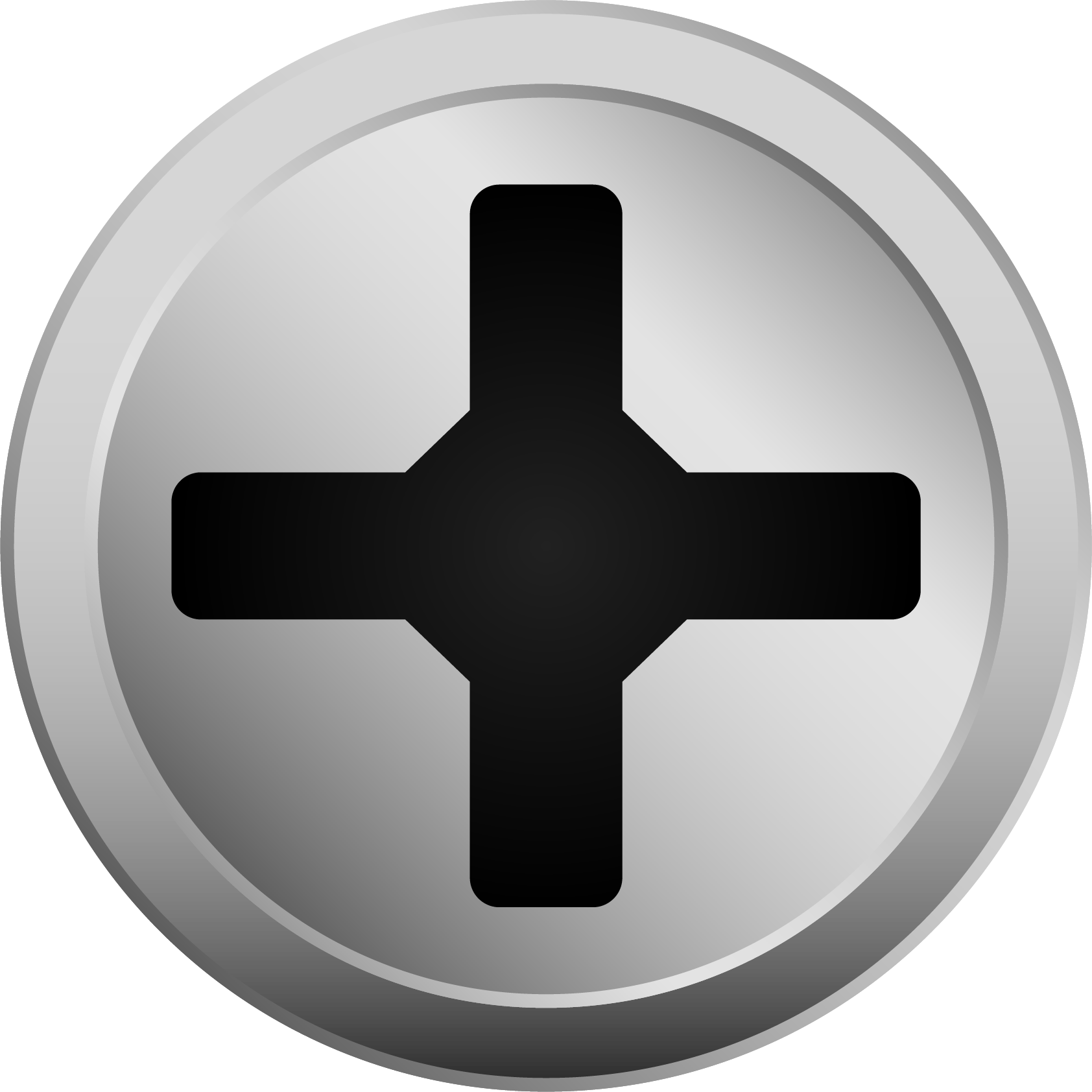
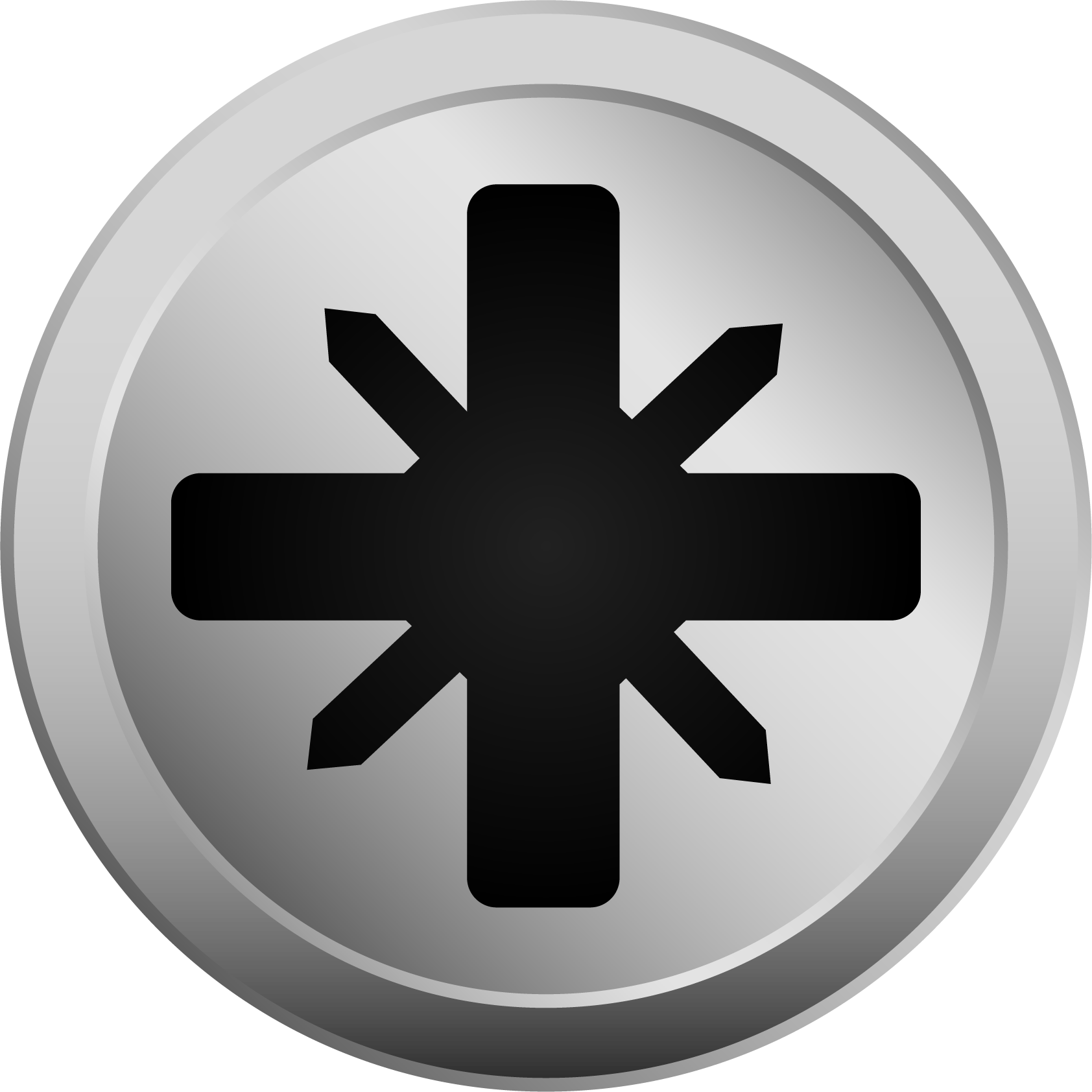
Pozidriv – The Pozidriv screw is an eight-point contact — a second cross is added to the first, improving the contact of the screwdriver to the head. The Pozidriv is distinguished by a set of radical indentations at 45 degrees, making it visually distinct from the Phillips drive. The two are broadly interchangeable; but when used incorrectly, either can cause significant damage.
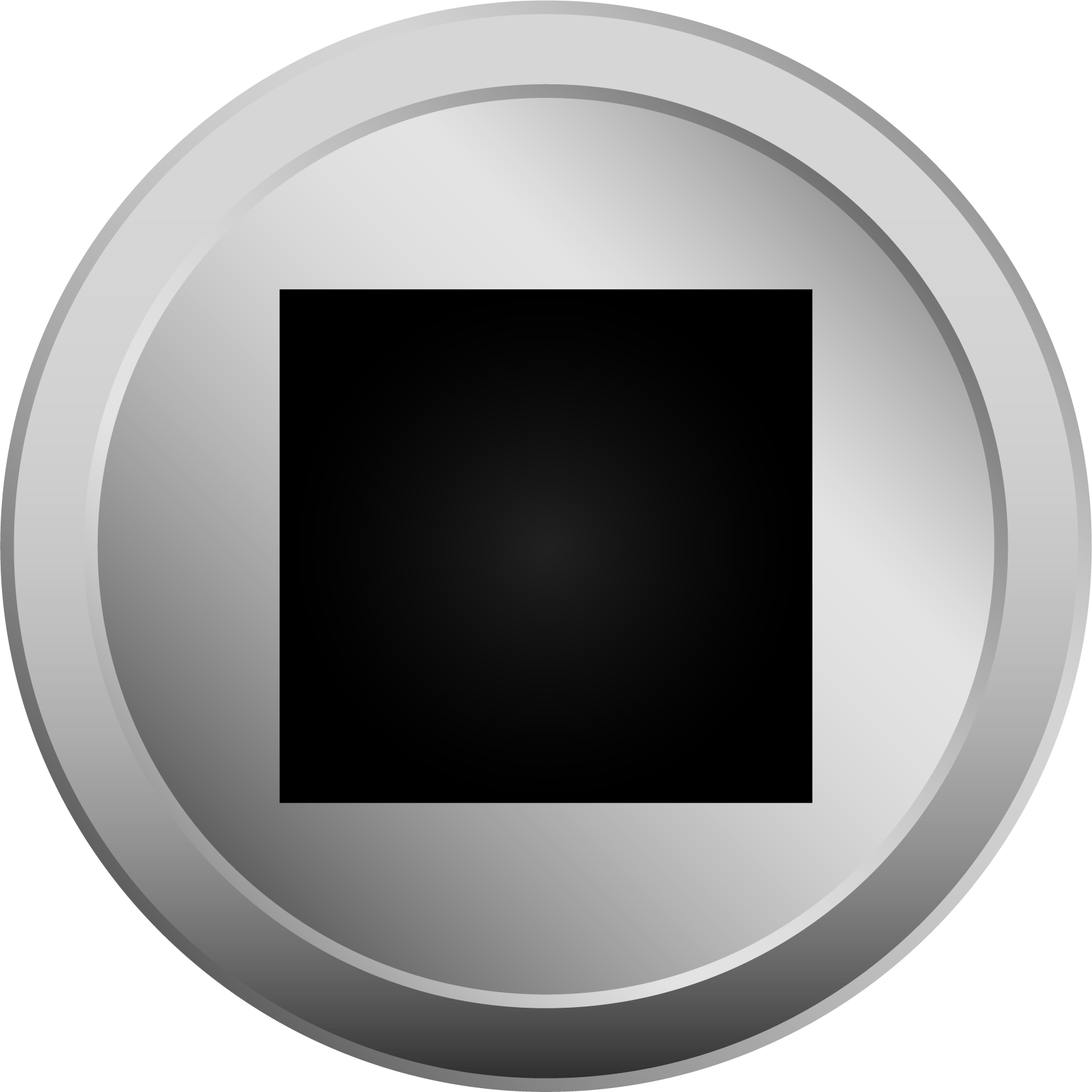
Square Drive – Also known as the Robertson drive, its distinct design is characterized by a square-shaped socket in the screw head and a square protrusion on the tool. The tool and the socket are both slightly tapered.
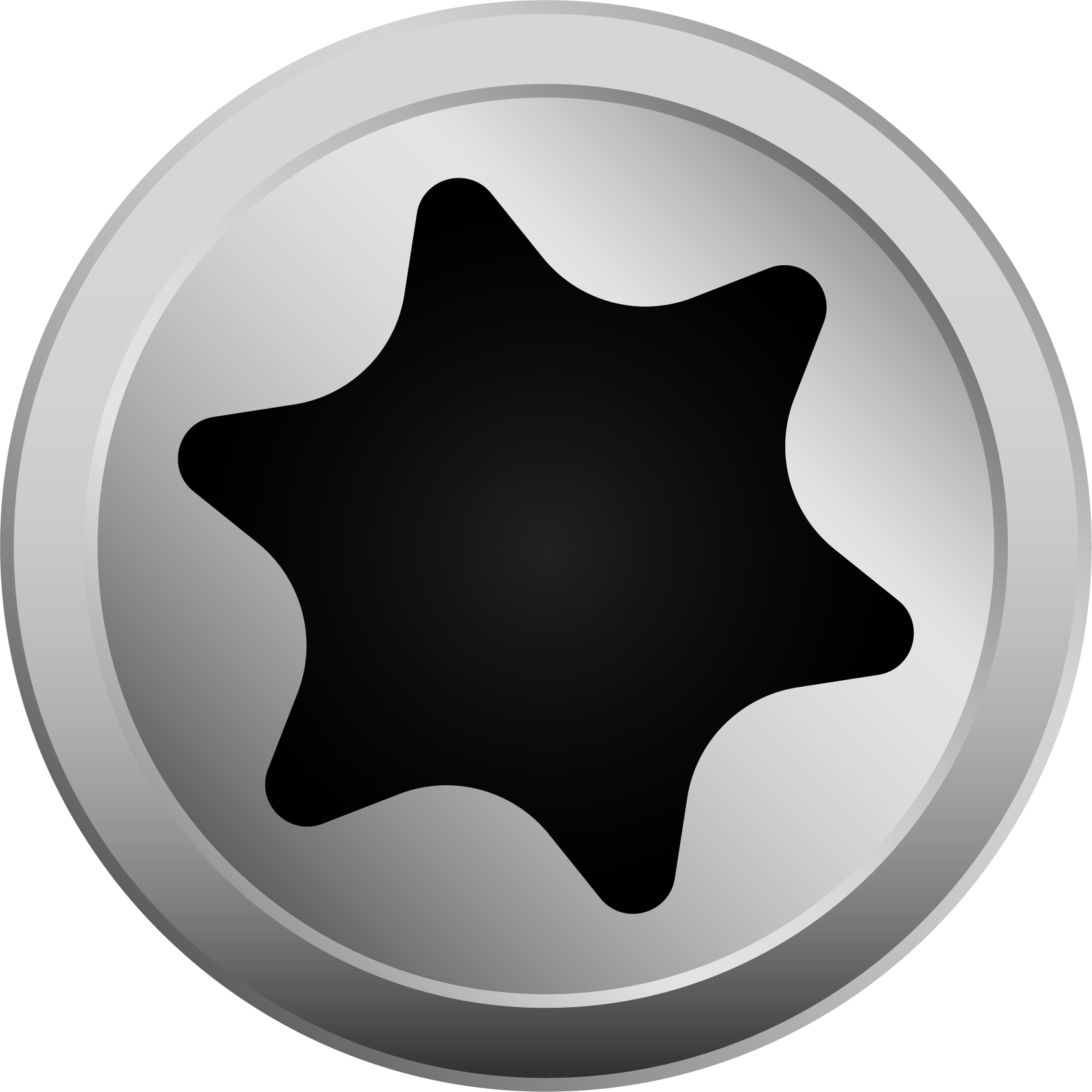
Six Lobe Drive – Also referred to as the ‘Torx’ drive style, or a star drive, its design is characterized by a six-pointed star shape.
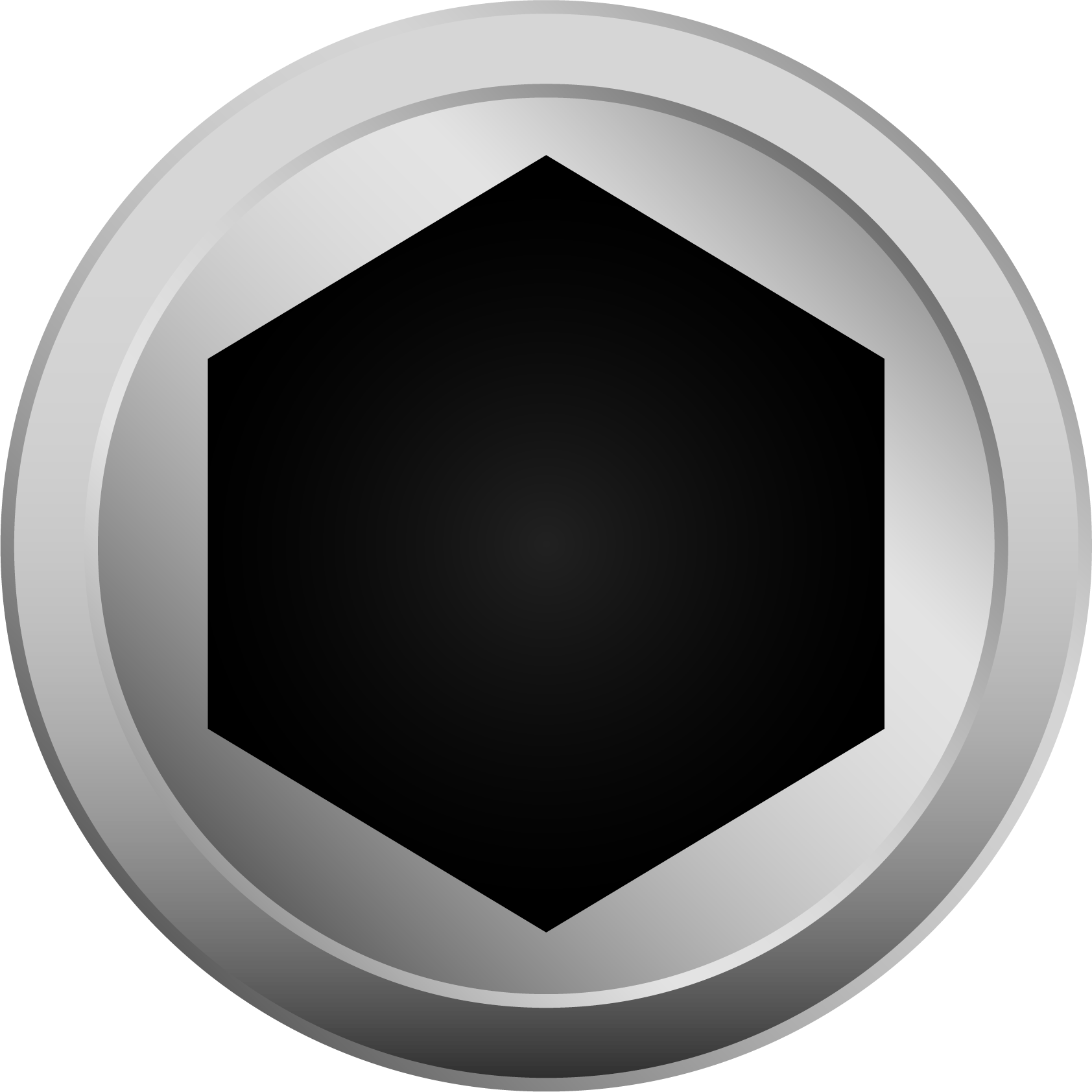
Allen Drive – The Allen Drive, also known as the Allen Socket Drive, or Hex Socket Drive, is characterized by a hexagonal recess. It is driven by a tool known as the hex wrench, popularly called the ‘allen key’; another driving tool that can be used is the ‘hex screwdriver’.
In addition to the different drive styles, there are over a dozen different fastener head styles to choose from, depending on your application and material. We encourage you to contact the drive and head style experts here at Electronic Fasteners to help select you select the right product for your needs:
- Pan: The preferred fastener head style for current product designs with its low profile, larger diameter head and slightly raised rim for better torque. Recommended as a replacement for truss, round, and binding heads.
- Flat: Ideal for finished surfaces that require a flush fit. Comes in standard dimensions with an 80º to 82º angled countersunk portion that centers easily.
- Round: Traditionally the most popular fastener head style; the more contemporary pan head style is now preferred for newer product designs.
- Oval: Identical to the flat head, except the head is slightly rounded for a neat, raised appearance on the product surface. The precise name for this fastener is actually “oval countersunk.”
- Flat & Oval Undercuts: Designed for use with thinner stock, these are standard 80º to 82º angled countersunk fasteners that feature a 1/3 shorter countersunk portion.
- Truss: Features a low, large, slightly rounded head designed to cover larger diameter clearance openings in sheet metal.
- Square Shoulder: Similar to a carriage bolt, it features a square-sided portion between a truss-style head and the threads to resist rotation once in place. It can be permanently staked into place as well.
- Phillips Wafer: a relatively thin, flat head that looks like a round wafer, with a Phillips slot. Provides a low-profile look well-suited for consumer electronics and appliances.
- Fillister: The standard fillister head has a smaller diameter than a standard round head, but is thicker, with a deeper slot. The smaller diameter makes this style a good choice for tight-space assemblies and counter-bored holes.
- Straight-sided Binder: Ideal for electrical and radio components because the head is undercut to help bind wire strands with minimal fraying.
- Washer: Designed to provide a larger bearing surface under the head, the washer head appears to be a standard round head used with a washer.
- Indented Hexagon: Requires a wrench fastener instead of a typical slot head fastener; the top is indented for reduced mass.
- Indented Hexagon Washer: The same design as the hexagon (above), except with an integrated washer base to protect the assembly surface for accidental marring during assembly.
- Type U Weld: Designed for maximum head strength and efficient welding anode contact on the top surface.
- Type T Weld: Similar to the U Weld except the underside is designed for ideal electrode contact, providing a smooth, finished external surface.
- One-Way:just as the name implies, this fastener is designed to be tamper-proof – once assembled with a standard screwdriver it cannot be removed.
To learn more about selecting the right fastener – including head style, fastener size, and material — contact us today. We’re here to help you select products with confidence.

